Envision
How Envision Gate Management System Works !!

Port capacity is determined by three major infrastructural resources namely - Berths, Yards, and Gates. The advertised capacity is constrained by the least of the capacities of the three resources. While a lot of attention has been paid to optimizing berth and yard capacities, not much attention has been given to analyzing the gate capacity.
Port gates play an important role in an effective port operating system module. It acts as an essential link between the sea side and land side transportation of freight. A long queue of trucks in the Port and Terminal area makes more emission of pollutants, noise, and congestion. Gate management approaches lower idle emissions at ports by reallocating truck arrivals away from the highest periods and lessening regular wait times. Well-constructed procedures can also make a better management of freight transport movements, diminishing truck turn times and upgrading overall terminal productivity.
Larger ports, dealing with more volume and different types of cargo with wide complex frameworks would be thinking about the value of more sophisticated automated gate technologies. A smooth and active work flow of gate management is an advantageous situation for all parties involved in the port and terminal operation such as truck drivers, freight forwarders, as well as the terminal operator loading and unloading the cargo.
Benefits
• Reduce the manual operation and save the cost on employees.
• Operational cost can be reduced by optimizing gate throughput and the wart operational disruptions
• Using automated in and out gate processes, freight vehicle’s turnaround time can be reduced.
• With automated access control, identification, registration, and monitoring of visit patterns, unauthorized entry can be prevented and the security of the yard as well as administration can be improved.
• Since drivers stay in their trucks during the gate-in and out process, health & safety will be improved as there is no human involvement required at the gate because of gate automation.
A Gate Operating System (GOS) is a software specifically developed to manage and steer complete gate processes and sub-processes, which are active in advanced terminal operations. It comprises multiple software modules, some of them being customer-specific software developments and other generic building blocks customized through configuration. It takes care of all interfaces with the installed systems and subsystems, and with theTOS, as well as with possible other host systems (Customs, access control,etc.).
Major touch points of gate management.
Truck drivers get specific time slots at the gate in advance by booking prior to arrival using an electronic system that eliminates long waiting times across the gate for long hours.
Extended gate hours reduce peak period activity, enabling drayage operators to scheduleoff-peak arrivals and avoid road congestion, long queues, and pickup/drop-offdelays.
A wide range of technologies with highly sophisticated automated systems can connect the terminal gate with the yard and transmit information bidirectional on a real-time basis. Typically integrated within a port’s terminal operating system (TOS), these systems automatically identify trucks and containers and facilitate access, loading, and unloading for drayage trucks entering the terminal gate.
Technological components lie in gate management :
Barcode reader systems, which include bar codes and scanners to identify and track containers. It helps to identify the cargo details in the container.
Optical character recognition (OCR) systems, use cameras and scanners to identify containers, chassis information, and truck license plates upon entry and exit.
Radio frequency identification (RFID) systems, use tags attached to containers and trucks that transmit information to RFID readers. This RFID helps the personnel identify the exact location of a specific container in the container yard.
Real-time location systems (RTLS), use wireless tags on trucks and containers to track their position relative to fixed receiving points.
Closed-circuit television (CCTV), uses strategically positioned cameras to assess real-time gate and yard conditions.
Differential Global Positioning System (DGPS), which uses satellite-based navigation to transmit truck and container coordinates, requires DGPS receivers on target units.
Advantages of Gate Management
The health of port workers and near by communities will improve by lowering vehicl equeues and halting, lessening gate traffic variability, and decreasing local roadway congestion, gate management strategies cut peak period and total emissions.
When gate management is combined with port management information systems (PMIS) which handle activities for ship arrival and departure, appointments and automated gate systems can help efficiently coordinate trucks with container movement,storage, and pre-staging.
The Terminal capacity will be expanded through extended gate hours combined with improved through put, shifting truck activity away from peak periods and allowing ports to serve more and/or larger vessels.
Effective truck appointment systems require adherence to scheduled appointments by all parties, including truck, terminal, and vessel operators.
Dedicated lanes and privileged access for appointments can curtail the impacts due to the difficulties arising from weather-related vessel delays and truck delays due to traffic congestion.
Gate appointments may simply move truck delays from one time and place to another it is implemented as a stand-alone measure. However, with advanced pre-staging of containers, these systems can ensure efficient and timely truck turns.
Challenges of Gate Management System
Extending hours can confront challenges such as obtaining additional labor to staff terminals and gates, and contract restrictions on off-peak labor. Extended hours should be coordinated with off-port destination facilities to minimize overall truck trip idling.
Extending hours may also cause concerns due to increased traffic in surrounding communities during off-peak hours. Extended hours may be restricted by noise and other local ordinances.
Automated gate systems must be compatible with each port’s TOS framework, accounting for technology limitations through proper system design and integration.
Upfront costs can include labor associated with system installation; equipment such as cameras, scanners, tags, and receivers, software for scheduling and mobile apps.
Operational costs include equipment maintenance, software updates, and increased labor and utilities for extended hours.
How Envision Gate Management System Work
Below is the process description for the Export vehicle Gate-IN process
⧐ Truck reaches the gate and waits for the availability of the lane
⧐ On the availability of the lane truck enters the lane and stops at the kiosk.
⧐ iPortman Gate Management System gets truck number through RFID System
⧐ If the truck number is not received from the RFID (Through API) then the system will detect the truck no by manual checking.
⧐ If the truck number is not received, then the system will give the option for manualentry to the operator.
⧐ Driver verification is done from the access control system and the signal is captured through the relay and captured in the application from the controller.
If the authentication if failed, then the truck is not allowed and will be returned
⧐ Cargo received from POS will be validated with the Pre-Advice.
⧐ User can log the damages in the system if any damages are noticed.
⧐ If there are any appointments logged in the system for the truck, then the system will get the pickup location and process it to the POS system.
⧐ System will get the electronic seal verification for the RFID (API),
⧐ Tally clerk will manually verify the seal number and submits the verification confirmation.
⧐ Security check and return of the security person is confirmed by the push button
⧐ Tally clerk operation and return of the Tally clerk is confirmed by the push button
⧐ Extracts the allocated/Pick up location.
⧐ System logs the gate in the transaction for the truck.
⧐ Update the required information to POS Application
⧐ Printsthe EIR
⧐ Boombarrier opens and allows the truck inside
Below is the process description for the Import vehicle Gate out process
⧐ Truck reaches the gate and waits for the availability of the lane
⧐ On the availability of the lane truck enters the lane and stops at the kiosk.
⧐ iPortman Gate Management System gets truck number through RFID System
⧐ If the truck number is not received from the RFID (Trough API) then the system will detect the truck no by manual checking.
⧐ If the truck number is not received, then the system will give the option for manual entry to the operator.
⧐ User could log the damages if any damages are noticed.
⧐ System will get the electronic seal verification for the RFID (API)
⧐ Tally clerk will manually verify the seal number and submits the verification confirmation
⧐ Driver verification is done from the access control system and the signal is captured through the relay and captured in the application from the controller. If the authentication if failed, then the truck is not allowed and will be returned
⧐ Security check and return of the security person is confirmed by the push button
⧐ Tally clerk operation and return of the Tally clerk is confirmed by the push button
⧐ Extracts the allocated/Pick up location
⧐ System logs the gate-out transaction for the truck
⧐ Update the required information to POS Application
⧐ Prints the Out Pass
⧐ Boom barrier opens and allows the truck outside.
Any port irrespective of size, type of handling cargo, and volume of cargo can adopt a gate management strategy. The applicability of the gate management system lies in the portoperating system and operation. Larger ports with more complex operations may find the most value in automated gate technologies, especially when combined with comprehensive and sophisticated TOS frameworks. Truck appointment systems which are an integral part of the gate management system can also be applied widely, although these systems may be limited by a terminal’s capacity for onsite truck processing and throughput.
Talk to us today to know how our solutions can accelerate your digital transformation
Let's Talk


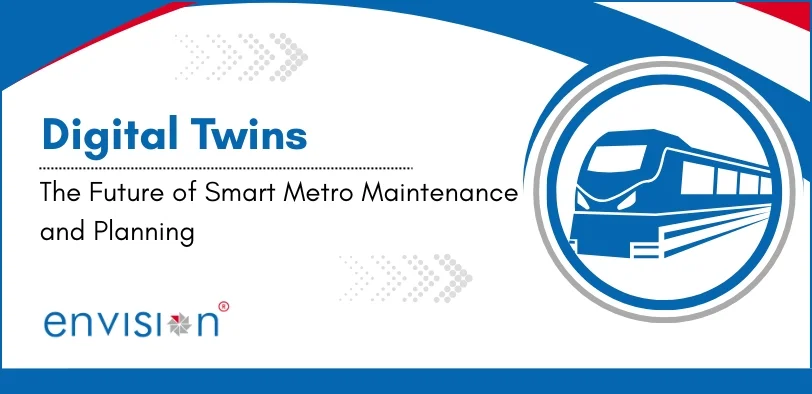

.webp)
.webp)
.webp)
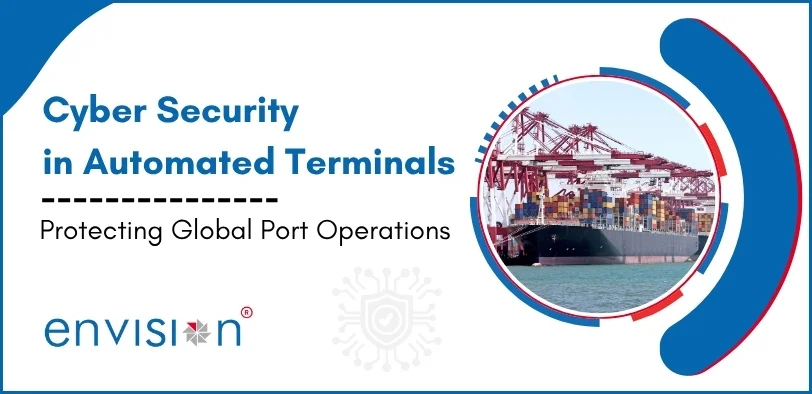



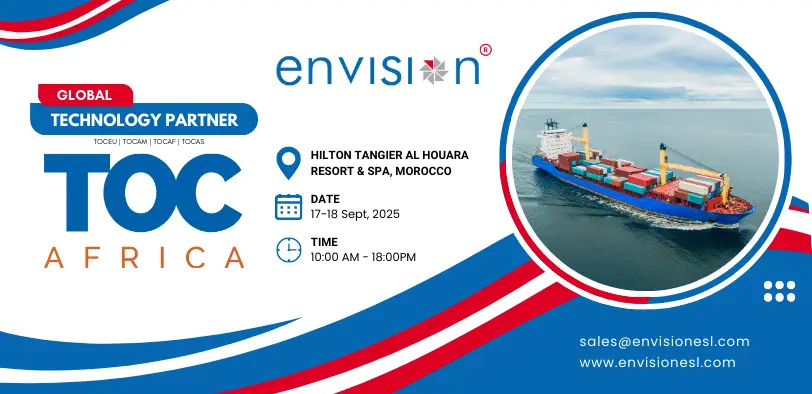
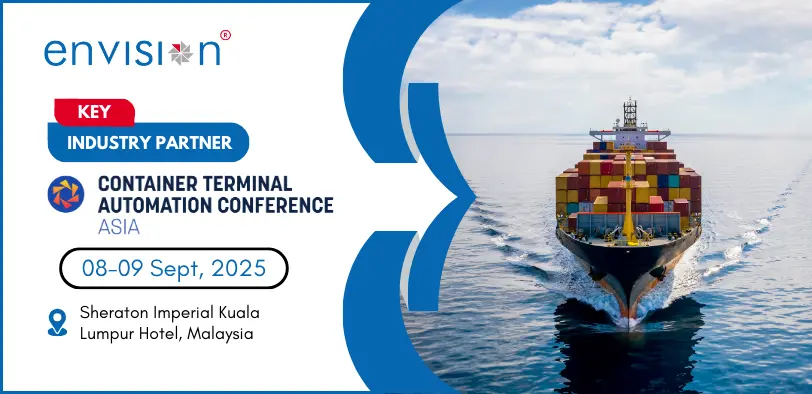
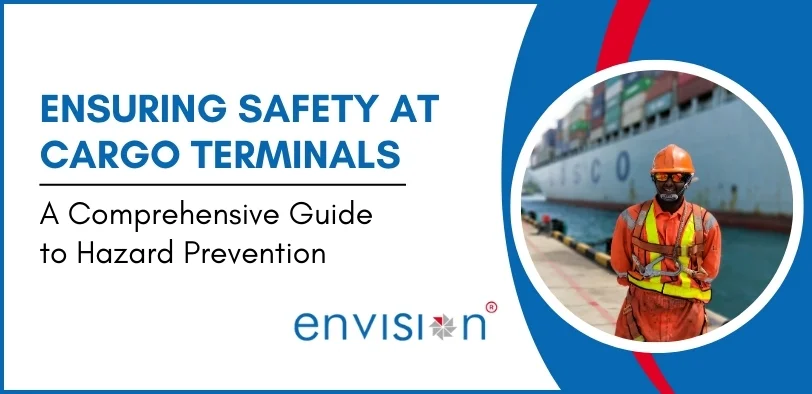
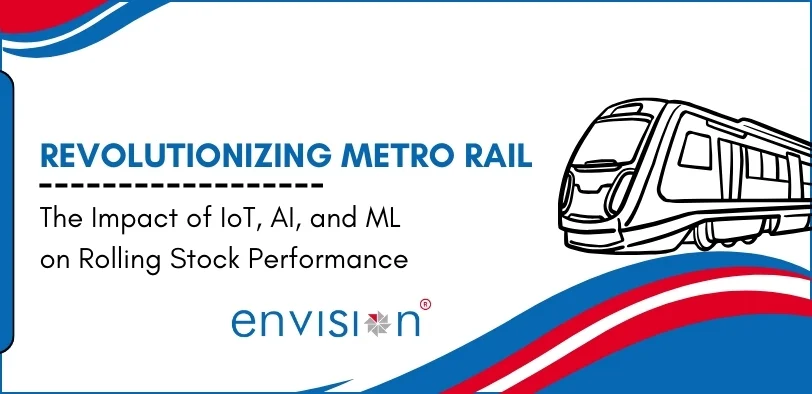
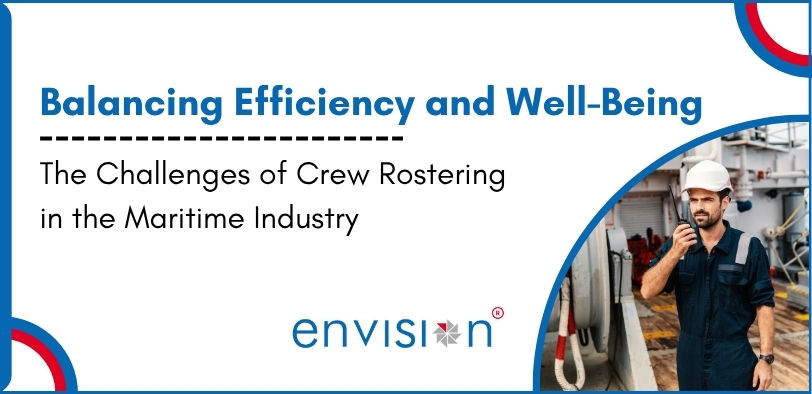
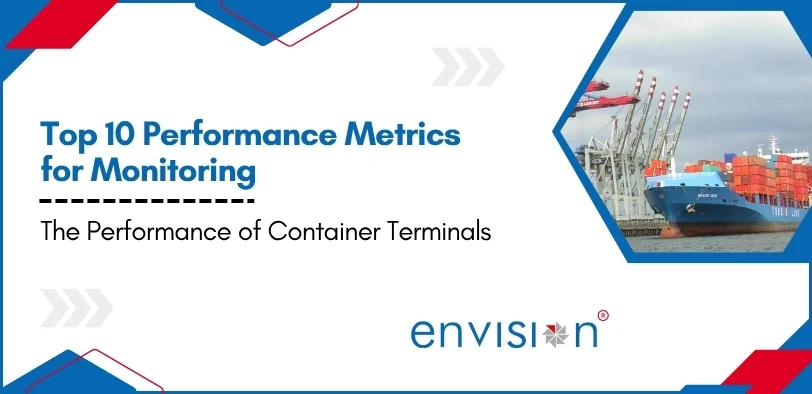
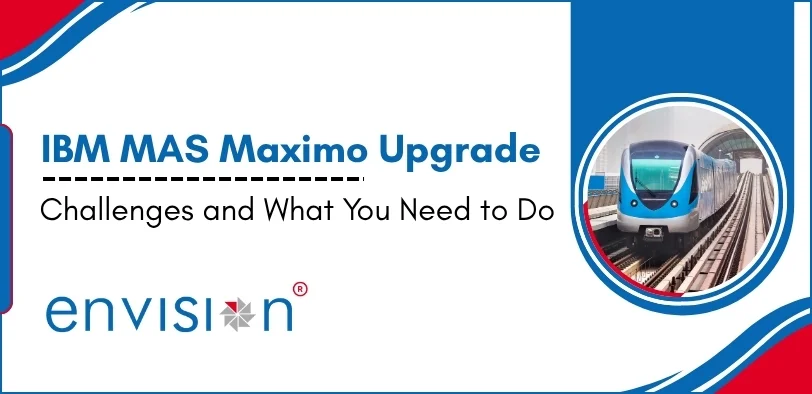
.webp)
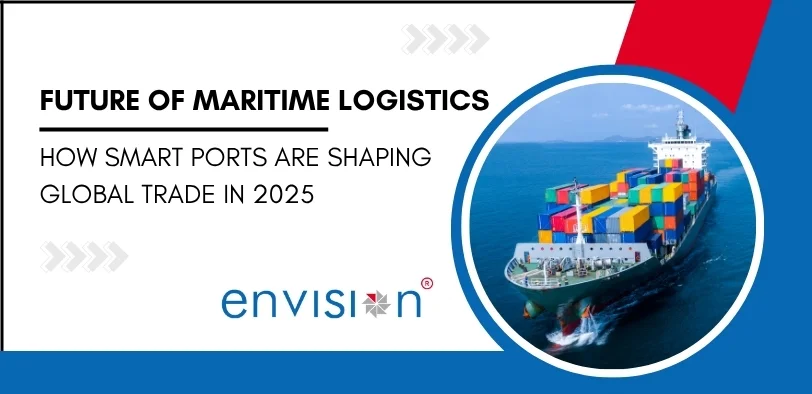







%20ver1_1.webp)







.webp)
.png)
.png)







































